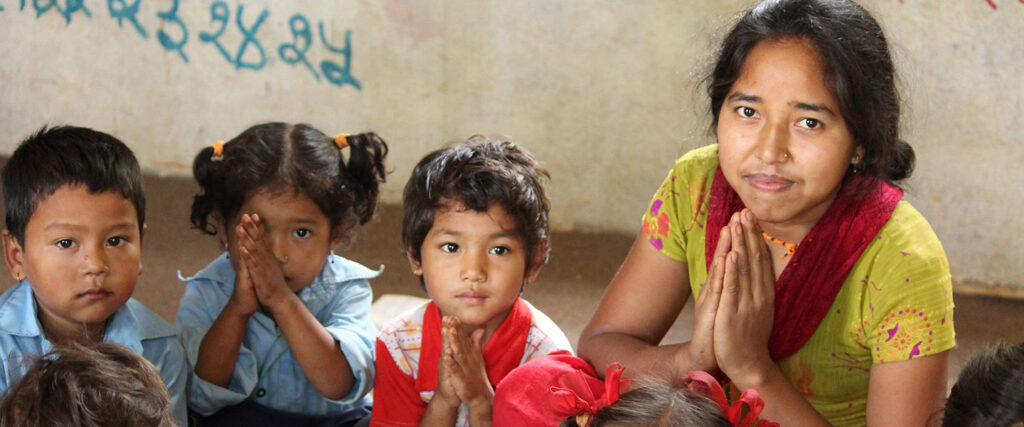Poverty has a significant impact on the well-being of children. Particularly when it comes to their health and education. Children who grow up in poverty often experience poor nutrition and inadequate housing. They also experience limited access to healthcare and education resources.
This can lead to a range of health and educational challenges. That may affect their future opportunities and quality of life. In this blog, we will explore the impact of poverty on children’s health and education. As well as strategies that communities can implement to support these vulnerable children.
Health Impact of Poverty on Children:
Poor children are at greater risk for a range of health problems. Due to their limited access to quality healthcare and nutrition. They are more likely to suffer from malnutrition. Which can lead to stunted growth and cognitive delays. They are also more likely to experience chronic health conditions. Such as asthma, diabetes, and obesity.
Additionally, poverty can increase the likelihood of exposure to environmental toxins. Such as lead and air pollution, which can cause long-term health problems.
Educational Impact of Poverty on Children:
Poverty can also have a significant impact on a child’s educational opportunities and outcomes. Children living in poverty are more likely to attend under-resourced schools. Which may lack quality teachers, textbooks, and other educational materials. They may also experience inadequate housing conditions. Which can lead to disruptions in their schooling. Additionally, poor children may face higher levels of stress and anxiety. Due to the challenges associated with poverty. Which can affect their ability to learn and succeed academically.
Strategies for Community Support:
There are several strategies that communities can implement. To support children who are living in poverty and facing health and educational challenges. Here are a few examples:
- Access to Healthcare:
Community clinics, mobile health clinics, and telemedicine services can help provide access to healthcare resources for children in rural and low-income areas.
- Nutritional Support:
Programs such as school lunch programs, food banks, and community gardens can help provide healthy food options for children who may not have access to adequate nutrition.
- Educational Support:
Tutoring programs, mentoring programs, and after-school programs can help provide more support for children who may be struggling academically. Due to their challenging home environments.
- Community Involvement:
Community members can get involved by taking various measures. Such as volunteering at local schools, mentoring students, or supporting local organizations.
- Advocacy:
Advocacy efforts can help bring attention to the issues facing children living in poverty. They can work to create systemic change. That supports their health and educational needs.
Click here to know more about Poverty and Its Effects on Children.
Conclusion:
Children living in poverty face significant health and educational challenges. Those challenges can affect their future opportunities and quality of life. They implement community-based strategies. Such as access to healthcare, nutritional support, educational support, community involvement, and advocacy.
So that we can work together to support the health and educational needs of these vulnerable children. It is crucial to focus on the well-being of all children. Also to work to end poverty and its negative impacts on their health and education.

